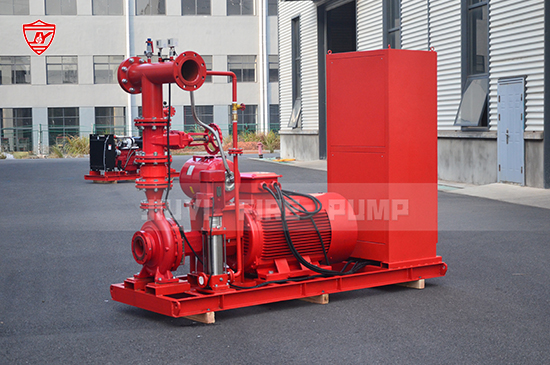Fire pumps are a critical part of any fire protection system, and regular testing is not just a best practice—it’s a requirement. According to NFPA 25, the Standard for the Inspection, Testing, and Maintenance of Water-Based Fire Protection Systems, fire pumps must be tested regularly, and those test results must be accurately documented to ensure ongoing compliance.
In this article, we’ll walk you through how to properly record fire pump test results in alignment with NFPA standards, so you can stay compliant, prepared, and protected.

NFPA 25 outlines the following test intervals:
Weekly or Monthly: No-flow (churn) test for electric motor-driven fire pumps
Monthly: No-flow (churn) test for diesel engine-driven fire pumps
Annually: Flow test under load to verify pump performance
Ensure your team follows the correct schedule based on pump type and jurisdiction.
Use forms that capture:
Date and time of test
Pump type (electric/diesel)
Suction and discharge pressure readings
Flow rate (gpm)
RPM and voltage (if electric)
Any observed issues or abnormalities
You can download templates from NFPA or create your own using these criteria. Digital formats are often easier to store and retrieve during audits.
Always document these during each test:
Churn pressure
Net pressure
Flow rates at different test points (100%, 150%, shutoff)
Amp draw (for electric pumps)
Jockey pump performance
Time to prime (for diesel pumps)
This information is critical to identify performance drops over time.
Visual documentation helps support your written test records. It can also be useful for training and identifying any irregularities visually during inspections.
Keep test results:
On-site in physical format
Digitally backed up
Accessible to fire inspectors and insurance providers
Store records for at least 1 year or longer if your local code requires it.
Ensure your personnel are trained to perform tests correctly and understand what’s required for recordkeeping. Improper logs can lead to compliance issues or fire system failure during emergencies.
Recording fire pump test results is more than a task—it’s a critical component of fire protection system management. Following NFPA 25 ensures reliable fire pump performance, minimizes liabilities, and keeps you prepared for audits and emergencies.